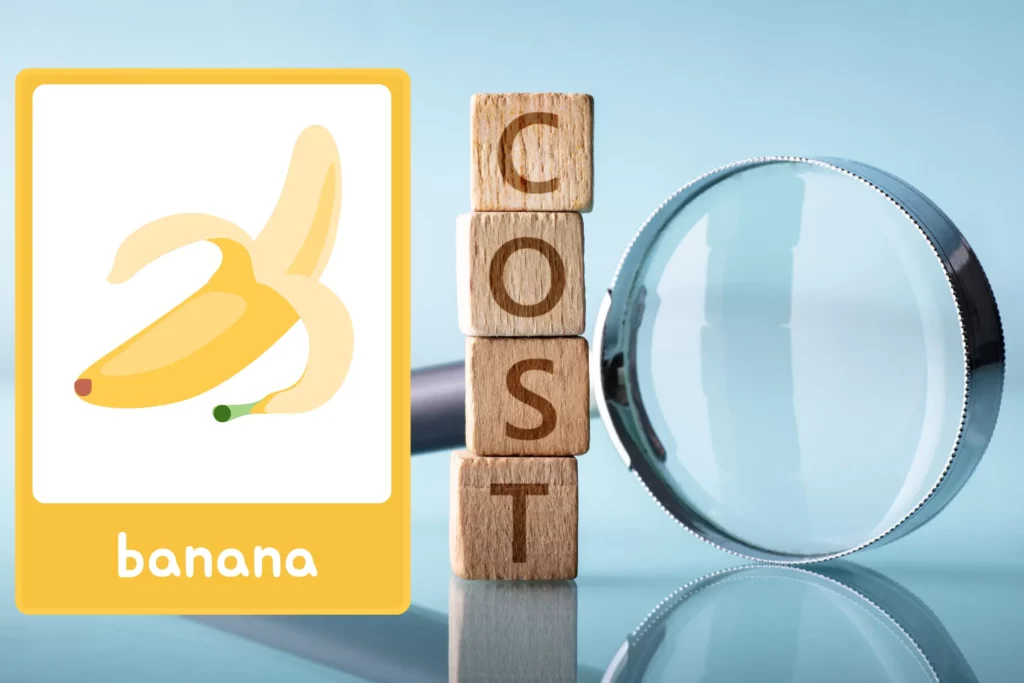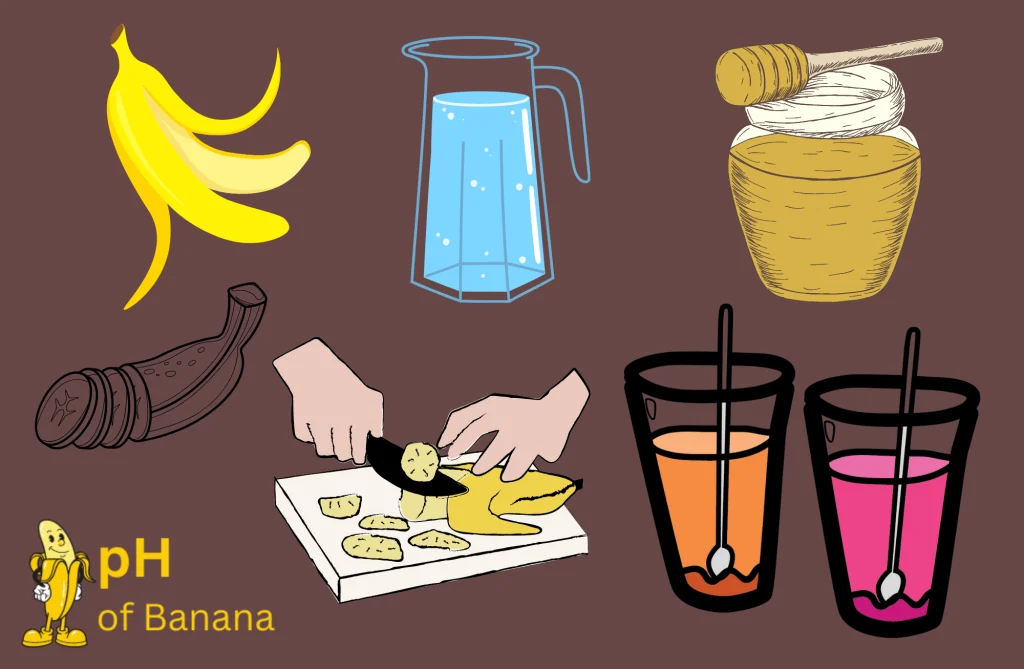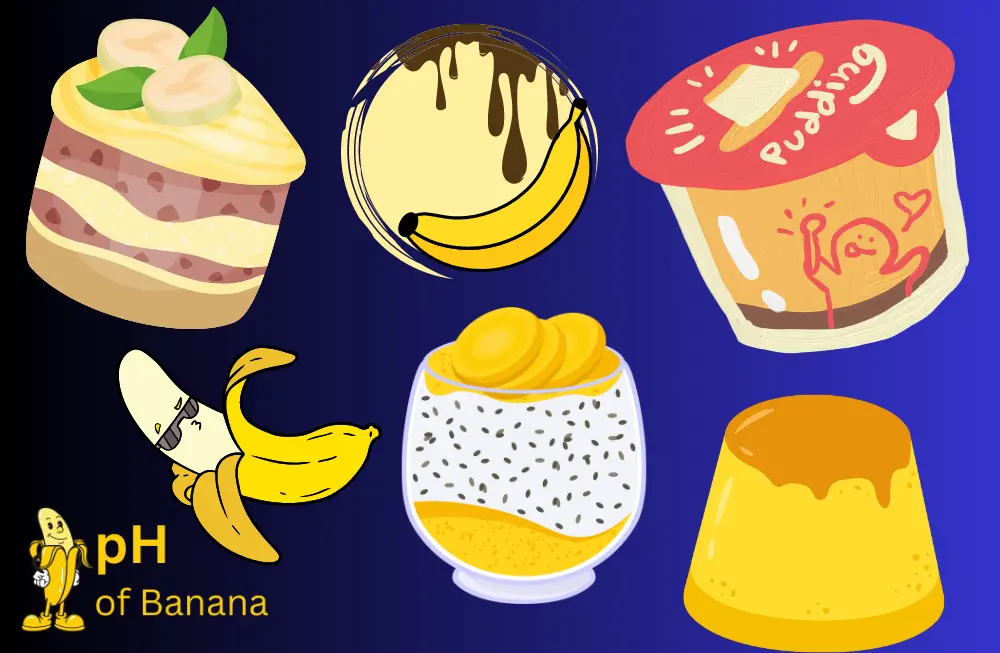One of the fruits that has the greatest level of demand all across the globe is the banana. They provide a sufficient amount of nutrients such as potassium, vitamin C, and fiber. Bananas are an alternative that many people find to be financially feasible because of their low cost compared to other fruits. We will learn about the banana cost in the following article.
The Cost of a Banana
The country of origin, season, and retailer affect banana prices. Bananas cost roughly $0.60 per pound in the US. The price per pound may vary from $0.30 to $1.50.
Generally speaking, banana prices are lowest in the winter and highest in the summer. This is because bananas are tropical fruit farmed in regions with warm weather.
The price of bananas lowers during the colder months when fewer people are buying them in these nations. The price of bananas rises during the hotter summer months in certain nations due to increased demand.
The price of bananas may vary depending on where you reside. Typically, Ecuador, Costa Rica, and Honduras are the nations from which bananas are imported.
Depending on how far they must go, transporting bananas might cost different amounts. Bananas produced and sent from nearby nations will be less expensive than those produced and shipped from distant nations.
The price could change depending on the kind of banana. Bananas come in a wide variety of varieties, such as Cavendish, plantain, and plantain. The most popular and least expensive kind of banana is the Cavendish. Bananas made from plantains are more costly and less frequent.
Here is a price chart of all kinds of bananas
| Type | Price |
| Cavendish | $0.50/lb |
| Plantain | $0.75/lb |
| Red banana | $1.00/lb |
| Lady Finger Banana | $1.25/lb |
| Blue Java banana | $1.50/lb |
( These costs are approximations and vary by location and season. )
Government initiatives may impact banana prices. Ecuadorian bananas face US tariffs. This has raised US banana prices from Ecuador.
Bananas are cheap. Banana prices rely on several things. Cavendish bananas are the cheapest in winter at your local grocery shop.
Types of Bananas
Cavendish Banana: The most extensively grown and eaten variety of bananas in the world is the Cavendish kind. It is a dessert banana, which means that it is consumed uncooked. When ripe, cavendish bananas have a creamy texture and are often yellow in color. They are a high-quality source of fiber, vitamin C, and potassium.
Tropical and subtropical regions produce Cavendish bananas. Ecuador, Costa Rica, Colombia, and Guatemala produce most Cavendish bananas.
Plantain Banana: Bananas of the plantain kind are usually consumed cooked rather than raw. Compared to bananas, plantains are bigger, harder, and have skin that is significantly thicker. They might be very dark brown, green, or yellow. When green, plantains are less sweet and more starchier than bananas. They become softer and sweeter as they mature.
Plantains provide vitamin C, potassium, and fiber. They include energy-boosting carbs. Snacks, sweets, and savory recipes may employ plantains.
Red Banana: Red bananas are purple-red. They are native to Southeast Asia and cultivated worldwide in tropical and subtropical locations. Red bananas include vitamin C, B6, potassium, and fiber. They include energy-boosting carbs.
When a red banana is ripe, the skin will become a deep purple hue and be ready to eat. Red bananas, when ripe, are very sweet and creamy in texture. You may eat them raw, boil them, or bake them. Banana bread, banana pudding, and banana fritters are just a few of the numerous tropical sweets that call for red bananas. They are very versatile in savory meals like stews and curries.
Lady Finger Banana: Lady-finger bananas are a kind of banana indigenous to South Asia. They are also known as sugar bananas, fig bananas, and dates. They’re little, have papery skins, and have a smooth, sugary flavor. Lady-finger bananas are high in fiber, potassium, and vitamin C. You may eat them raw, boil them, or use them in baked goods.
Since they are so simple to cultivate, lady-finger bananas are often seen in backyard gardens. Although they are adaptable, they do best in hot and humid conditions. You may plant lady finger bananas on the ground or in pots. They need direct sunlight and soil that drains well.
Lady finger bananas need about 9 months to reach maturity. They may be plucked at their peak flavor and consumed right away. Bananas from a lady’s finger may likewise be fried or baked using.
Blue Java Banana: Bananas of the Blue Java variety, often known as ice cream bananas, are a hybrid cultivar prized for the sweetness and perfume of its fruit, which is reported to have the texture of ice cream and a vanilla taste profile.
Originating in Southeast Asia, this banana is a cross between Musa balbisiana and Musa acuminata, both of which are indigenous to the region.
Since the Blue Java banana is a newer variety, it is not as common as other bananas. They thrive in tropical environments, although subtropical regions with a sufficiently extended growing season may also support their cultivation.
Bananas from the Blue Java variety are high in fiber, potassium, and vitamin C. There are trace levels of other vitamins and minerals in them as well.
Blue Java bananas come in a variety of flavors and can either be eaten raw, cooked, or fresh. They could be consumed mashed, sliced, or eaten plain. Bananas may also be added to yogurt, porridge, and smoothies.
Cooking techniques for bananas include baking, frying, and grilling. Additionally, they may be added to savory recipes like stews and curries.
How to Save Money Buying Banana
Here are some suggestions to help you purchase bananas at a reasonable price.
- Get your bananas at their peak season. When bananas are in season, consumers may often save money by buying them. Bananas may be purchased domestically in the US from November through April.
- Stock up on bananas. You may save money by buying bananas in bulk since they are kept at room temperature for a few days.
- Drive to a farmer’s market and pick up some bananas. Farmer’s markets often offer more affordable pricing than supermarkets.
- Keep an eye out for sales. Bananas that are slightly overripe or underripe may be discounted at several supermarkets.
- Split bananas. If you just need a few bananas, divide a bunch at the grocery store and only pay for what you take.
- Purchase frozen bananas. A wonderful approach to reducing the cost of bananas is to buy frozen ones. They may be included in recipes for smoothies, baked goods, and other dishes.
- Plant your own banana tree. Bananas can easily be grown at home if you do it in a warm environment. This is an excellent technique for saving money on bananas and always having access to delicious, fresh bananas.
The Future of the Price of Bananas
Banana prices are predicted to be steady for the foreseeable future. This is because the variables impacting banana prices are not likely to fluctuate dramatically in the near future.
Production costs are not likely to fluctuate a great deal in the future because of the predicted stability in the prices of key inputs, including land, labor, fertilizer, and pesticides.
Since the price of gas is not predicted to fluctuate wildly in the near future, transportation costs are likewise likely to stay pretty consistent.
Due to the global population not anticipated to increase much, the demand for bananas is likewise predicted to stay relatively steady.
FAQ
How many bananas is 1 kg?
7 bananas weigh 1 kilogram.
Can I eat 100 bananas a day?
No, eating 100 bananas a day isn’t recommended at all.
Conclusion
Bananas are well-liked and inexpensive. Despite fluctuations due to a variety of causes, the banana cost is predicted to be steady going forward. Despite current difficulties, the banana sector is also predicted to expand.





